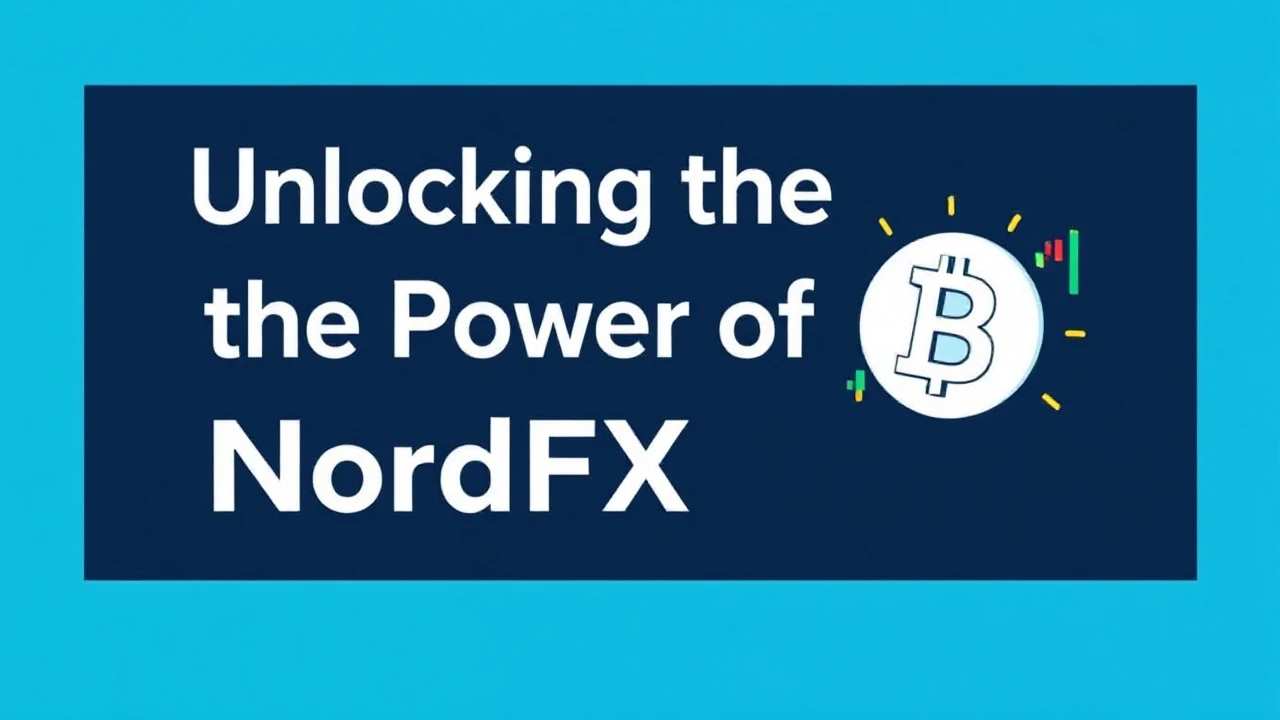Today's Top Highlights
Discover our latest stories and insights from around the world
 Tech
Tech
 Others
Others
Memaksimalkan Pengalaman Anda: Manfaat Menggunakan Strategi Bermain Slot di Kasino
 By Lauren Wells
•
14 Sep 2025
By Lauren Wells
•
14 Sep 2025
 Others
Others
Boost Your Luck: Strategies for Scoring Big at Slots
 By Lauren Wells
•
14 Sep 2025
By Lauren Wells
•
14 Sep 2025
 Others
Others
Unveiling the Secrets of Advancing Prizes in Slot Machine Games
 By Lauren Wells
•
14 Sep 2025
By Lauren Wells
•
14 Sep 2025
 Others
Others
Menjelajahi Inovasi Terbaru dalam Permainan Slot Kasino
 By Lauren Wells
•
13 Sep 2025
By Lauren Wells
•
13 Sep 2025
 Others
Others
Persiapan Sebelum Memulai Bermain Judi Kasino Online
 By Lauren Wells
•
13 Sep 2025
By Lauren Wells
•
13 Sep 2025
 Others
Others
Pandangan Keliru tentang Dunia Kasino Online
 By Lauren Wells
•
13 Sep 2025
By Lauren Wells
•
13 Sep 2025
 Others
Others
Kesiapan Sebelum Anda Mulai Bermain Judi Kasino Online
 By Lauren Wells
•
13 Sep 2025
By Lauren Wells
•
13 Sep 2025
 Others
Others
Panduan Terbaik untuk Memenangkan Hadiah Besar di Slot Online
 By Lauren Wells
•
13 Sep 2025
By Lauren Wells
•
13 Sep 2025
 Others
Others
Shaking Up the Gambling Industry: The Role of Online Casino Slots
 By Lauren Wells
•
13 Sep 2025
By Lauren Wells
•
13 Sep 2025
 Others
Others
Master Techniques for Securing Huge Wins on Puggy Games
 By Lauren Wells
•
13 Sep 2025
By Lauren Wells
•
13 Sep 2025
 Others
Others
The Evolution of Slot Game Symbols: From Fruits to High-Tech Icons
 By Lauren Wells
•
13 Sep 2025
By Lauren Wells
•
13 Sep 2025
Recent Posts
 Others
Others
 Others
Others
 Others
Others
 Others
Others
 Others
Others
 Others
Others
September 2025 Blog Roll
August 2025 Blog Roll
July 2025 Blog Roll
June 2025 Blog Roll
Sponsored News
Others
From Penny Slots to High Limit Games: Understanding Different Types of Slot Games: A Comprehensive Guide
 Lauren Wells
Lauren Wells
12 Sep 2025









